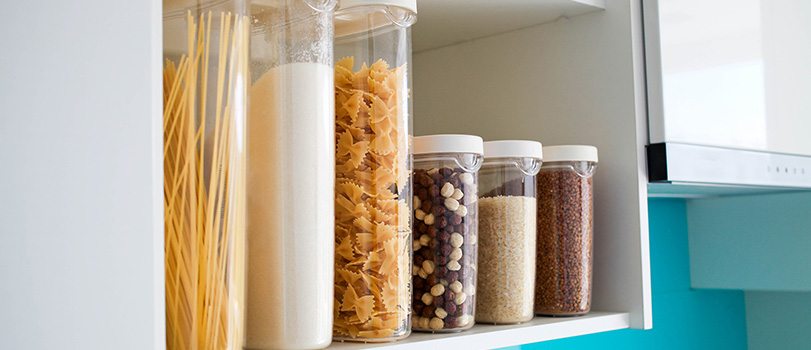France Proposes to Update Rubber Food-Contact Order

France notified a draft Order on rubber materials and articles intended to come into contact with food and pacifiers for infants and young children to the European Commission (EC), TRIS Notification 2019/57/F, on February 12, 2019. The EC and the Member States have a three month “standstill period” (until May 13, 2019) to submit comments or detailed opinions (i.e. objections) on the draft text. This standstill period may be extended by a further three months (i.e. until 13 August 2019) if the EC or Member States submit detailed opinions on the draft text. France may not proceed to adopt the draft text during the standstill period. The draft Order, as currently worded, is scheduled to come into force on July 1, 2019 and would replace and repeal the Order of November 9, 1994. However, an exhaustion of stocks clause would apply.
The draft Order also proposes to introduce several new definitions and makes it clear that vulcanized thermoplastic elastomers fall within its scope, although silicone elastomers do not.
The draft Order proposes to update the lists of substances permitted in the manufacture of rubber food-contact materials and articles, as well as the restrictions and specifications that apply to these substances. Authorized monomers, starting materials, and modifying agents are listed in Annex I, while permitted additives are listed in Annex II. Buffering or neutralizing agents, coagulation agents, emulsifiers and dispersants, and protective colloid thickeners not listed in Annex II may be used during the manufacture of rubber materials and articles, provided they and their impurities or degradation products are not carcinogenic, mutagenic, or toxic to reproduction or substances in nanoform and that they are risk assessed in accordance with internationally recognized principles of risk assessment.
Certain substances listed in Annex VIII of the draft Order are provisionally permitted (subject to the restrictions set out in Annex VIII) on condition that a petition dossier is submitted for these substances before July 1, 2023. Substances in nanoform in Annex II and Annex VIII must always be explicitly listed as such. It is also noteworthy that the draft Order includes a model for the food-contact declaration of compliance, contains purity specifications for colorants, states that certain authorized food additives may be used in the manufacture of food-contact rubber and stresses that non-intentionally added substances such as decomposition or reaction products and oligomers must be risk assessed.
The draft Order also stipulates a method for measuring volatile organic compounds. It sets a default overall migration limit of less than 10 milligrams of total constituents per square millimeter surface area (mg/dm2), unless otherwise specified. The proposed migration testing conditions are very similar to the 1994 Rubber Order, although the draft text contains a cross-reference to the Plastics Regulation (EU) No. 10/2011 for food simulants.
While the draft Order contains a mutual recognition clause, the wording of this clause is somewhat restrictive. That said, the mutual recognition principle is a general principle of EU law and may be relied upon provided that the applicable conditions are fulfilled.